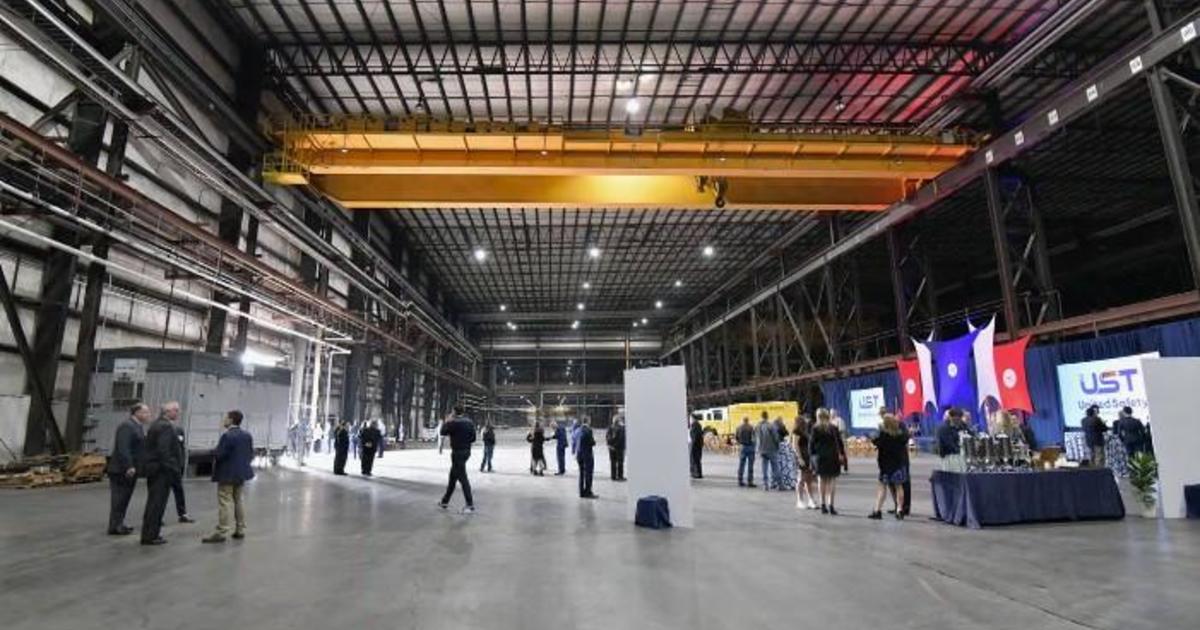Controlled Burn Bans Can Leave Farmers Buried
By SARAH LAKE
The Daily Times of Salisbury
PITTSVILLE, Md. (AP) -- For the past five years, the remnants of Freddy Chandler's old chickenhouse have sat piled up on his Pittsville farm. When he looks at it, he not only sees an eyesore, but also a $9,000 price tag for removal, which the retiree on a limited income just can't afford.
"It's also a good breeding place for rats," Chandler said just before he watched a groundhog carrying its young run across a board and disappeared into the pile, thus illustrating the farmer's point. "There's nothing I can do with it."
Chandler's chickenhouse is one of hundreds on the Lower Shore that sits unused and idle, as many farmers and property owners in a still shaky economy can't pay for the equipment to haul debris to the landfill, where they pay $60 per ton that passes the scales.
This pricey cleanup was once bypassed with the practice of open burning, which is now prohibited in Maryland for environmental reasons. Information released by the Maryland Department of the Environment regarding open-burning states in addition to smoke and odors commonly associated with the open-air burning of solid waste, "the release of potentially toxic compounds from the combustion of many natural and household materials is well-known and has been documented by studies conducted by the U.S. Environmental Protection Agency and other researchers."
The Dilemma
According to Delmarva Poultry Industry Inc., in 2002 there were 5,511 operational chickenhouses on the Delmarva Peninsula. However, at the end of last year, only 4,527 remained, leaving nearly 1,000 chickenhouses empty.
Bill Satterfield, executive director of DPI, said the numerous, scattered chickenhouses are being replaced by larger structures, the owners are dying or retiring and the structures are simply aging.
Also, chicken companies are requiring renovations and upgraded equipment, in which a lot of farmers choose not to invest. Chandler and Willards farmer Danny Hammond ceased operations for this reason.
Hammond demolished half of his smaller chicken house to make room for a new workshop, and the debris remains piled up on his property. He estimates it will cost him between $500 and $1,000 to remove the debris, with the price being so low because he already owns the necessary equipment to remove and haul the materials to the landfill. It would cost nothing, apart from a donation to the fire department, to burn the materials, Hammond said.
"I call it the 'old building or chickenhouse dilemma,' because they're everywhere and there's going to be more and more in the future," he said. "What it boils down to is money. They want you to go over the scales at the landfill."
Burning permits
In Maryland, the only way a property owner can get an open burning permit for a structure is if the burning involves a fire department training program. Burning a structure outside of a training program is an illegal disposal of solid waste, according to Dennis DiCintio, director of Environmental Health with the Wicomico County Health Department.
"We review the training, mitigation and safety plans submitted by the owner, applicant and fire department, and we work with them when it's time to do the burning," DiCintio said. "We probably issue about 30 burning permits a year, with less than half of those being for structures. It's not often that we deny a burning permit."
Hammond has been a member of the Powellville Volunteer Fire Company since 1978 and said controlled burns are excellent learning opportunities for cadets.
"We have about 15 cadets and we can't let them go into fires," he said. "But if we're doing a chicken house, they can put their full gear on and, from a safe distance, they can watch us control the burn. It's so valuable for this kind of stuff."
Grace period
The MDE claims regulations regarding controlled burning of debris have been in place for more than 20 years. However, it wasn't until July 2010 that local health departments and environmental health agencies received written guidance from the MDE clarifying these regulations. The agency stated it had received inquiries from several county officials who, despite an indication of willingness to comply with the regulations, also noted that some open burning permits had already been issued, and some contractors had entered into agreements with the counties under the assumption the past practice of open burning would continue.
The MDE established a grace period to phase out the burning of land-clearing debris, which ran from July 20-Dec. 31, 2010. Un-permitted, open burning can result in hefty fines that greatly outweigh the cost of hauling debris to a landfill.
To offset the cost of removing a derelict chicken house, the U.S. Department of Agriculture's Natural Resource Conservation Service rolled out a financial assistance program in 2010 that aims to improve water quality.
"The thought is, there was manure and manure nutrients on the floor of the chickenhouses," Satterfield said. "If there's a hole in the roof of the no-longer-used chickenhouse, the rain can get in and that water can get into the soil that's still in the house, which might contain phosphorus and nitrogen. The rain can then seep into the soil beneath the chickenhouse and enter the water supply."
The assistance program, Satterfield said, helps fund demolishing the house, taking up the soil and recycling it into a farmer's nutrient management plan.
The area where the chickenhouse once stood is then filled with soil and grass is planted.
"But not everyone qualifies," he said. "Just because a guy has an old house on his property doesn't mean he qualifies."
(Copyright 2012 by The Associated Press. All Rights Reserved.)



